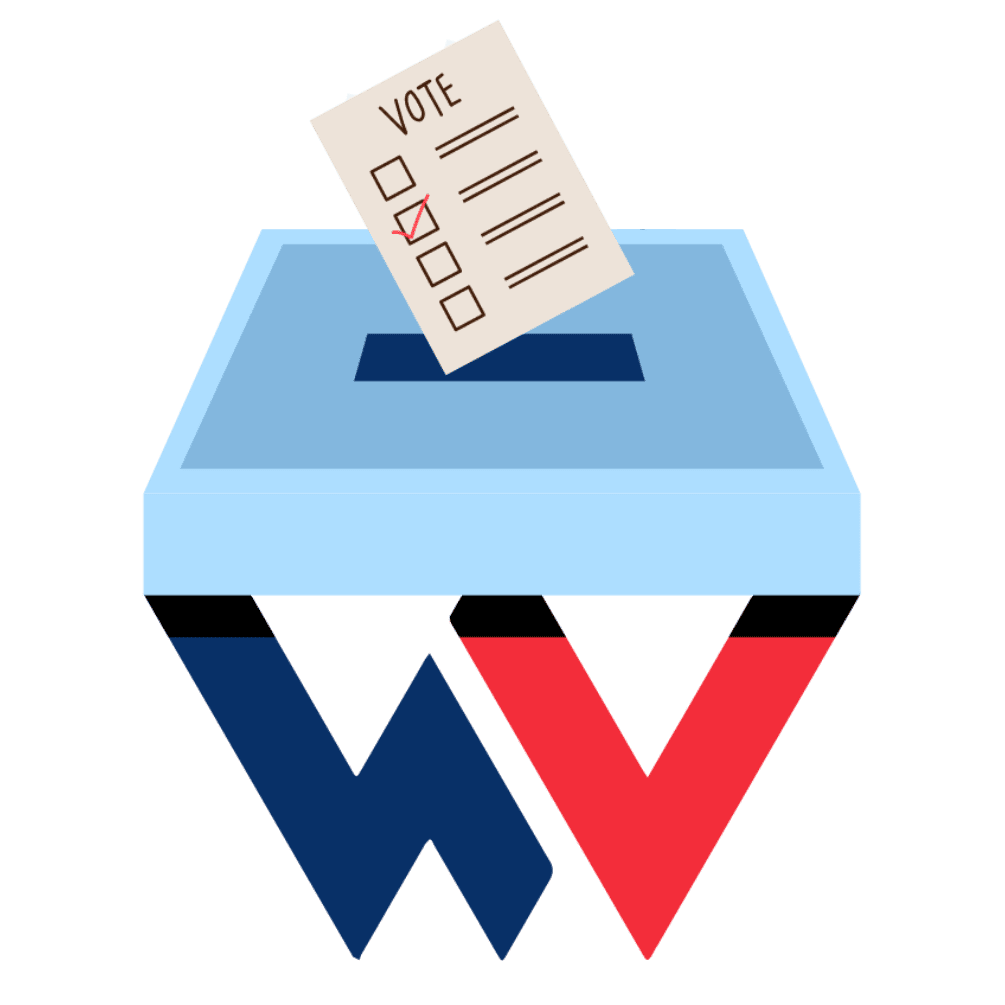What are the expected outcomes of implementing the “Project 2025” policies?
Overview:
“Project 2025” proposes a radical reshaping of government spending and policy priorities aimed at drastically reducing the national debt and government size. The document outlines a vision for a smaller, more streamlined government that prioritizes national defense and economic growth over social welfare and public services.
Direct Text Citation:
“The federal budget absorbs enormous resources from the economy… The budget should be balanced by driving down federal spending while maintaining a strong national defense and not raising taxes” (Project 2025, page 734).
“To promote transparency of finances, each year Americans should receive a financial statement… alerting citizens of the revenues, expenditures, deficit, and debt for the preceding fiscal year” (Project 2025, page 734).
Project 2025 is set to dramatically reduce the size and scope of government interventions in daily life, particularly in areas like healthcare, education, and social services.
By focusing on reducing fiscal waste and enhancing economic growth, the policies heavily favor economic activities and national defense over the broader spectrum of public welfare.
Implications for Everyday Citizens:
- Reduced Public Services:
- Major cuts in funding for public services such as education, healthcare, and social welfare programs could significantly affect those who rely on these services.
- For example, less funding for public schools might mean fewer teachers, larger class sizes, and reduced educational resources.
- Similarly, cuts in healthcare funding could result in longer wait times and reduced access to medical services.
- Major cuts in funding for public services such as education, healthcare, and social welfare programs could significantly affect those who rely on these services.
- Infrastructure Neglect:
- With a shift in focus away from public infrastructure maintenance, the quality of roads, bridges, and public transportation could deteriorate, affecting daily commutes and overall safety.
- Economic Growth vs. Public Welfare:
- While the policies aim to boost economic growth by empowering the private sector, this might come at the cost of increased social inequality.
- Reduced government oversight might allow businesses more freedom but could also lead to greater corporate malfeasance and exploitation, particularly affecting workers and consumers.
- Selective Support:
- The agenda’s focus on traditional family structures might marginalize or exclude non-traditional families, single parents, the LGBTQ+ community, people of color, and the disabled.
- This selective support could lead to greater social division and inequality.
- The agenda’s focus on traditional family structures might marginalize or exclude non-traditional families, single parents, the LGBTQ+ community, people of color, and the disabled.
Social Exclusion and Rights:
- Labor Rights and Job Security:
- With a reduction in public sector jobs and less oversight on businesses, worker protections might weaken, potentially leading to more precarious job conditions and less job security.
- Civil Liberties and Personal Freedoms:
- The emphasis on traditional values might also translate into policies that less favorably treat individuals outside these norms, affecting their rights and freedoms in daily life.
By understanding the far-reaching consequences of “Project 2025,” it becomes clear that while the initiative aims for fiscal efficiency and economic growth, it could lead to significant social and economic disparities, impacting many citizens’ daily lives and rights.
This understanding is crucial for voters who need to recognize both the potential benefits and the significant costs of such policies.
